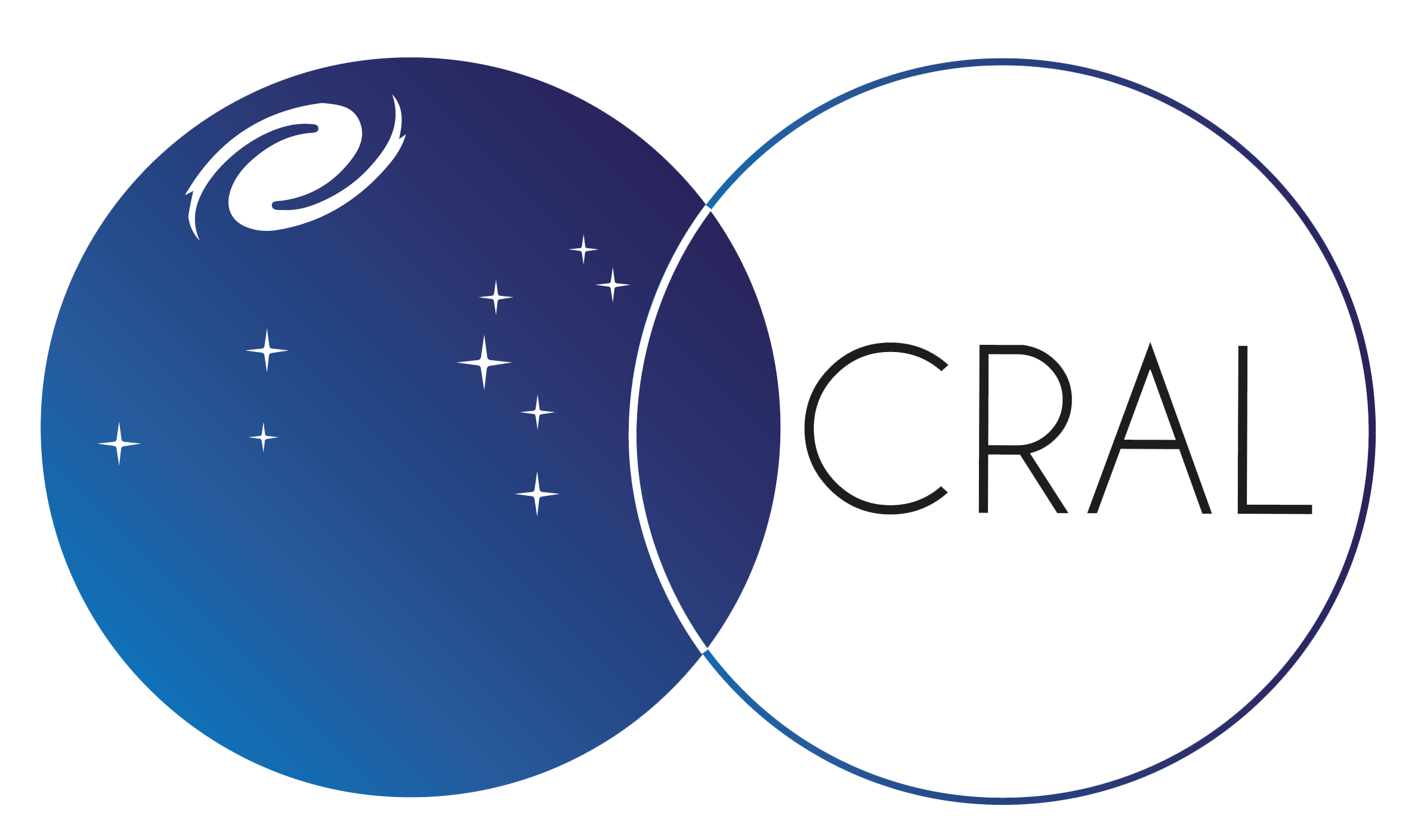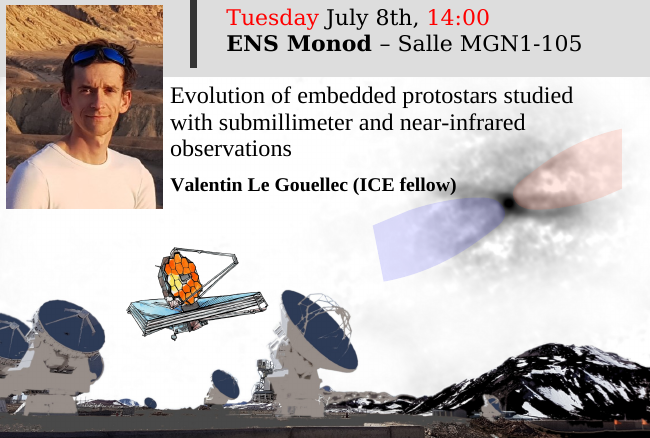Evolution of embedded protostars studied with submillimeter and near-infrared observations
Sun-like stars are thought to accrete most of their final mass during the protostellar phase, where the protostellar embryo is surrounded by an infalling dense envelope.
I will present several aspects of the processes that are thought to be at play during this phase, using both observations (ALMA, JWST, Keck) and modeling tools (MHD simulations, radiative transfer).
We examine the potential role of magnetic fields in controlling the mass infall rate and governing the evolution of the nascent circumstellar disk.
One question we seek to answer is whether more disorganized magnetic fields and infalling density structures correspond to higher probability of variable accretion and/or fragmentation.
Modeling of these structures via simulations and radiative transfer calculations of dust polarized emission also allows us to explore the properties of aligned dust grains in young protostellar envelopes, where we tend to probe early dust grain evolution.
We will complete this view of protostellar accretion/ejection with recent near-IR observations of Class 0 protostars.


